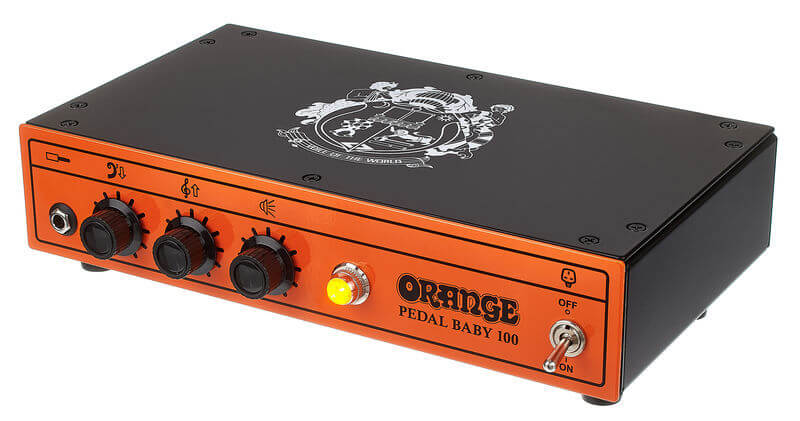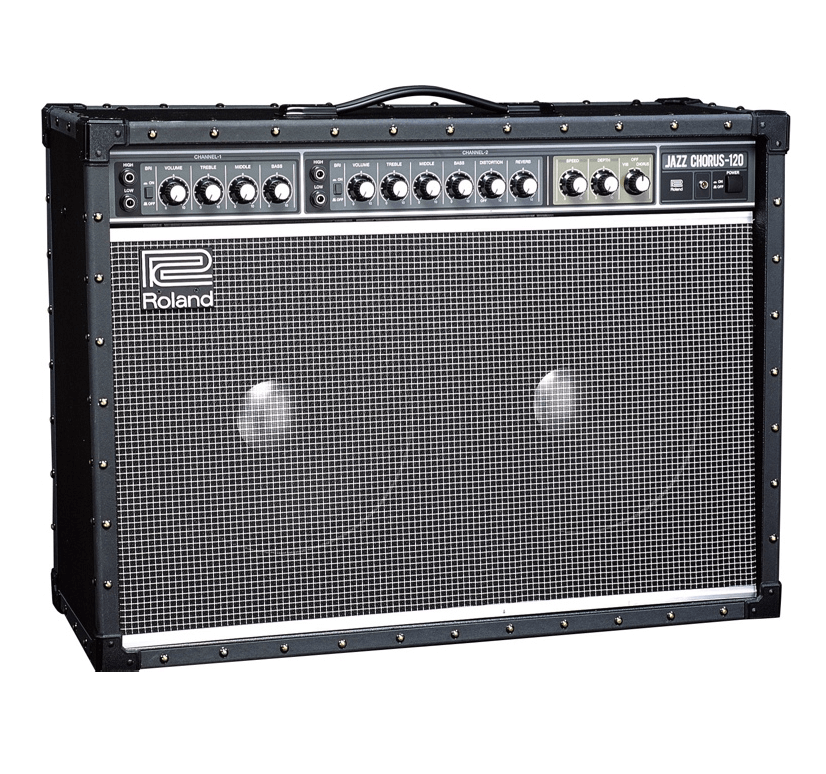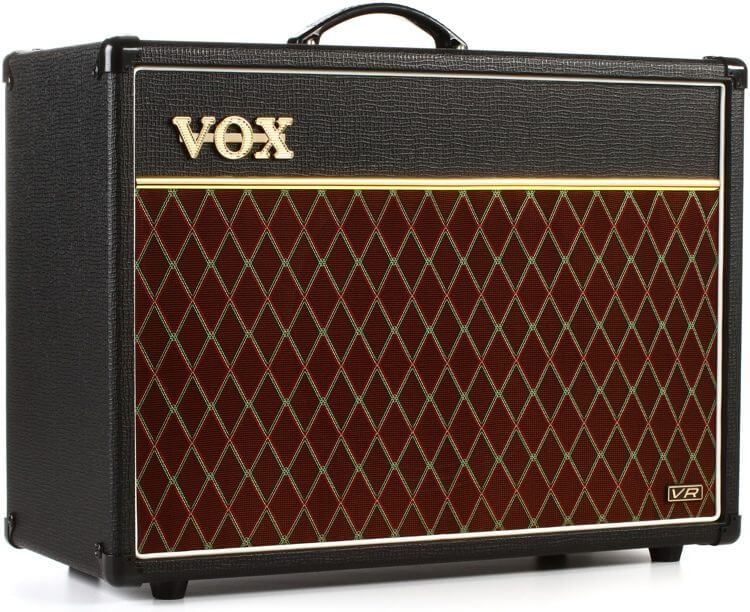Many people or guitar shops will tell you there are four types of amplifiers. I’m here to tell you about the fifth type. The portable 7 Lbs. Orange Pedal Baby 100-Watt Amplifier that features including a Class A front end, EQ designed for pedals, and more perfectly will fit your needs at any gig.

I personally own one of these (Orange Pedal Baby) and It is fantastic! It lets your pedals sound the way they were meant to sound without coloring them. I am getting ahead of myself. Lets start with the fantastic four types of amplifiers and I’ll get back to the Orange Pedal Baby. P.S. I own and have owned many different types of amplifiers and they are ALL awesome! So read on.
1 Solid-state amps
These amps have come so far in the last few decades only purists shun them. And I don’t know why? They are incredible, the cost is low and they are very reliable and seldom need repairs. They have a very clean tone, or as some say a high top end. A “high top end” is where the amp can be played very loud before breaking up into distortion. Many solid state amps and tube amps come with a “distortion” switch or button as well.
These amps are popular with players looking for a sturdy, reliable touring amp. I enjoy an amp with a very high top end so I can get very loud and then switch on my pedals for any kind of distortion or overdrive as needed. Keep in mind, pedals and amp tone are all subject to the player at hand. There is no right or wrong.
Lets keep in mind, we are talking about electric guitar amplifiers here not acoustic guitar amplifiers.
So below is an example of a solid state amp. Just an example. I’ll always say “what works for me might not work for you” and that is perfectly ok. Personally I do not own one of these amps. It is just an example of what there is. But I do own a solid state amp.

2 Amplifiers: Tube Amps
These amps are used by many purists for their warm, fat tone. A natural distortion takes place when setting the gain and or volume levels to a very high/loud number. The tubes actually cannot handle the amount of power pushed through them so they break up, leaving us with that beautiful distorted tone. Hence, they distort or are over driven. Tube amps usually sound louder than solid-state amps of the same wattage and have a definite “feel” that you don’t get from solid-state amps. Most tube amps have separate channels that can switch from clean to distorted tones. Tubes will deteriorate over time, so tubes need changing occasionally. I own a tube amp as well. Below is a tube head. It requires a cab or cabinet filled with your preferred speakers. setting the proper oms /impedance, amp watts and speaker watts from your amp head to your speakers are very important but also are another topic I will get into later.

3 Hybrid-amps
So they added a tube or tubes to a solid state amp and created the best of both worlds with the Hybrid amp., these amps use an actual tube in conjunction with the solid state power section of their amps. Hybrid amps generally use a tube in the preamp section and solid state circuitry in the power section to create a tube tone without requiring the use of power tubes. The VOX AC15VR with that clean British tone is one that comes to mind.

4 Modeling-amps
I have my own personal reservations on these amps. They incorporate digital processors to simulate the sound of old-fashioned tube technology. Using software that “models” the sound of tube amplifiers (and cabinets), these amps put the sound of numerous amps in one place so you can sound like you’re playing through a VOX AC 30 or a Marshal stack.
Modeling amps are programmable and often have built-in digital effects such as delay, chorus, etc. Too much! Get a good amp head, some good speakers, and some pedals. Done! Some include digital or analog outputs with speaker simulation for going direct into a recording interface or PA system. I have owned many of these types of amps. They are no good for rehearsals or any kind of stage performance unless the rest of the band and audience is willing to wait for you to find your sound. And I’ll tell you now, they won’t wait! Great for studio work. Otherwise too much to play with.
Tom Morello, guitarist form Audioslave says it best with the idea of “chasing tone” which we all have done. He says to the effect of “how he spent hours chasing tone a failing miserably.” In 1988 he spent about 3 hours with his amp and decided “this is as good a tone as I’m going to get” he marked off where the nobs sounded best to him and has left them there ever since. One sound/tone and very few pedals which I don’t believe he changes much if at all. Tom plays through a Marshal CM800 2205 50-Watt Amplifier Head pumped through a Peavey 4×12 cabinet. Chances of finding these at a good price would be rare, so if you have the chance, get them.
Multi effect units have many modeling effects. Try Boss.
